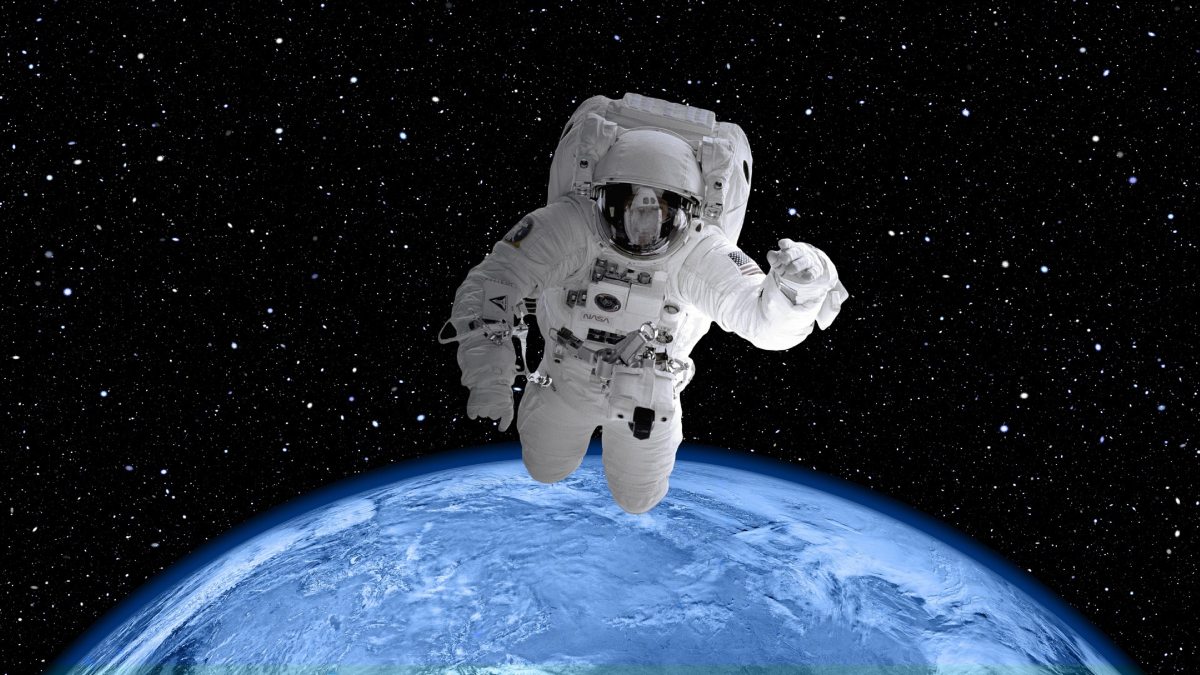NASA has announced it is seeking applicants for astronaut positions through April 2, offering an annual salary of $152,258 and the unparalleled opportunity of space travel, including missions to the moon and Mars. The space agency is prepared for a flood of applications, having historically received up to 18,000 every four years when it opens the application window. However, the selection process is rigorous, with only eight to 14 candidates making the final cut, translating to an acceptance rate of less than 1%. “At those odds, it’s easier to get into Harvard or MIT,” said April Jordan, manager of NASA astronaut selection.
The application process is demanding, requiring candidates to have a background in STEM fields or as pilots, and to meet physical training requirements. Yet, Jordan emphasizes that it’s not just professional qualifications that matter. “This is one of those positions where you’re going to be bringing your whole self to the job, and all of those things that make you what you are, are important,” she explained.
Candidates need a master’s degree in a STEM field, be at least two years into a Ph.D. program, or hold a medical degree or a graduation certificate from test pilot school to apply. A select group of about 120 highly qualified applicants will be invited for interviews after an initial screening process, entering what Jordan calls the “fish bowl” phase. This includes team assessments and simulations to evaluate how candidates handle high-pressure situations and teamwork, essential traits for those who may live in close quarters for six to 12 months at a time.
NASA is not just seeking individual astronauts but is looking to build a cohesive team that will train together for two years. The agency values diversity in background and life experiences, aiming to create a team where each member’s unique strengths contribute to the mission’s success. “There’s no such thing as a typical astronaut,” Jordan remarked, highlighting the importance of a diverse pool of candidates.
The application and selection process can take up to 18 months, but NASA encourages anyone who meets the minimum qualifications to apply. The agency’s approach to selecting astronauts has evolved, recognizing the value of diversity beyond the traditional pilot background. Jordan concluded, “If you look at the class that we just graduated, there is no typical astronaut.”





